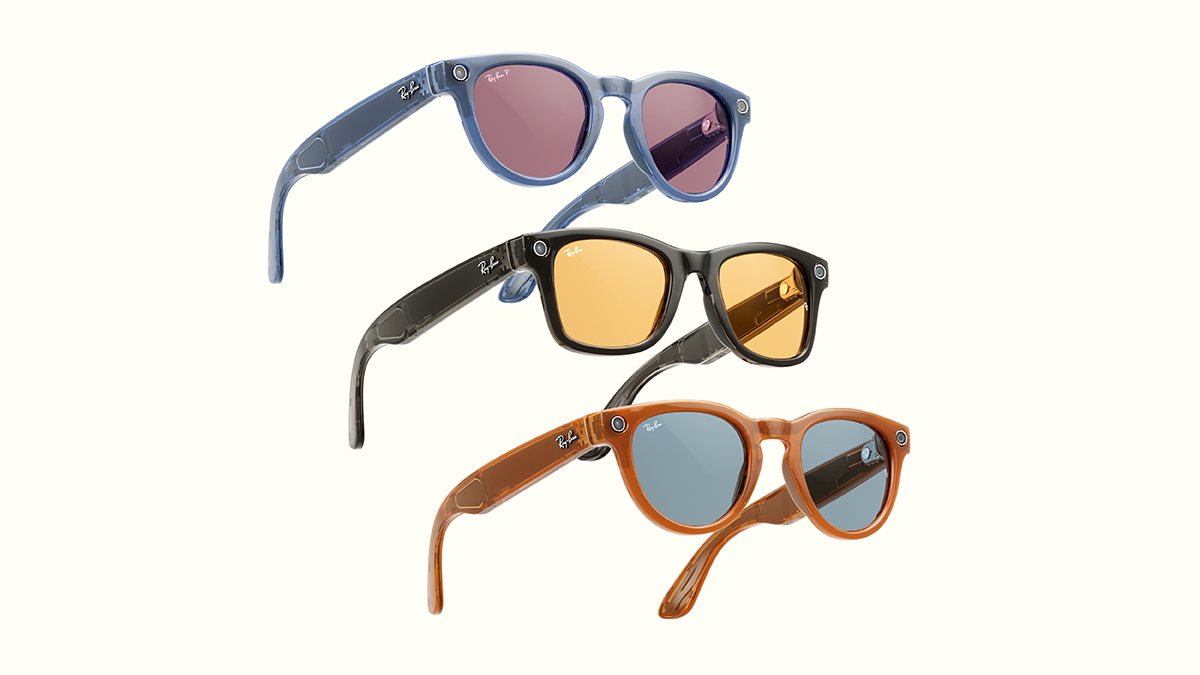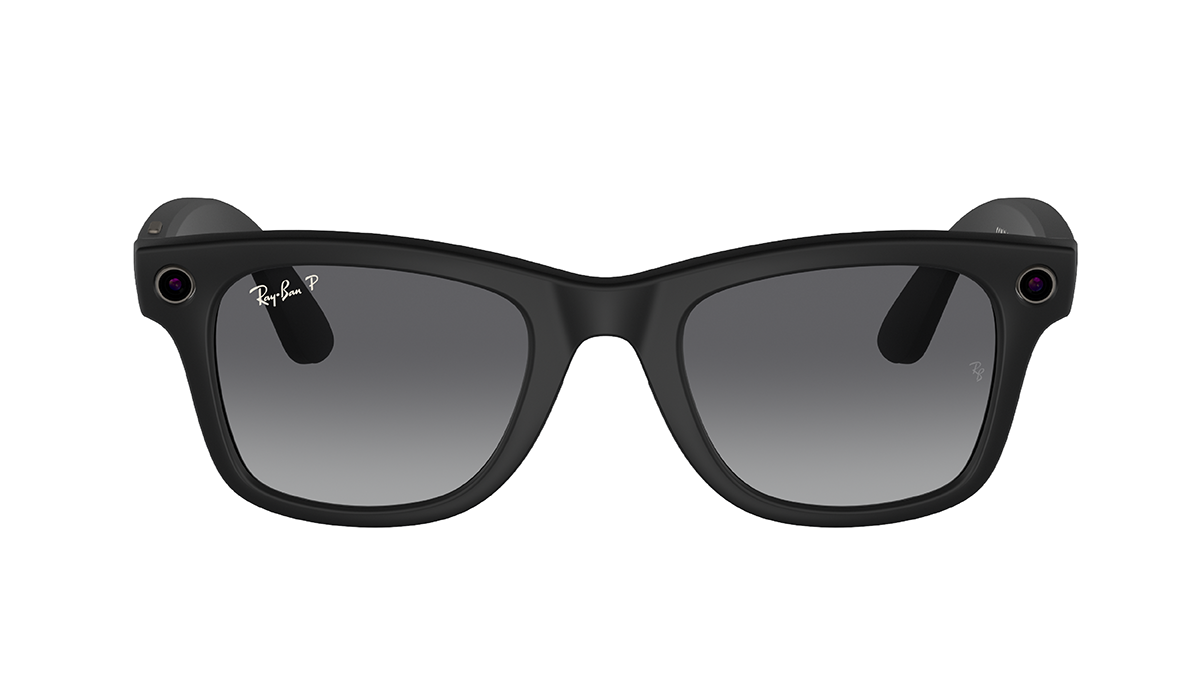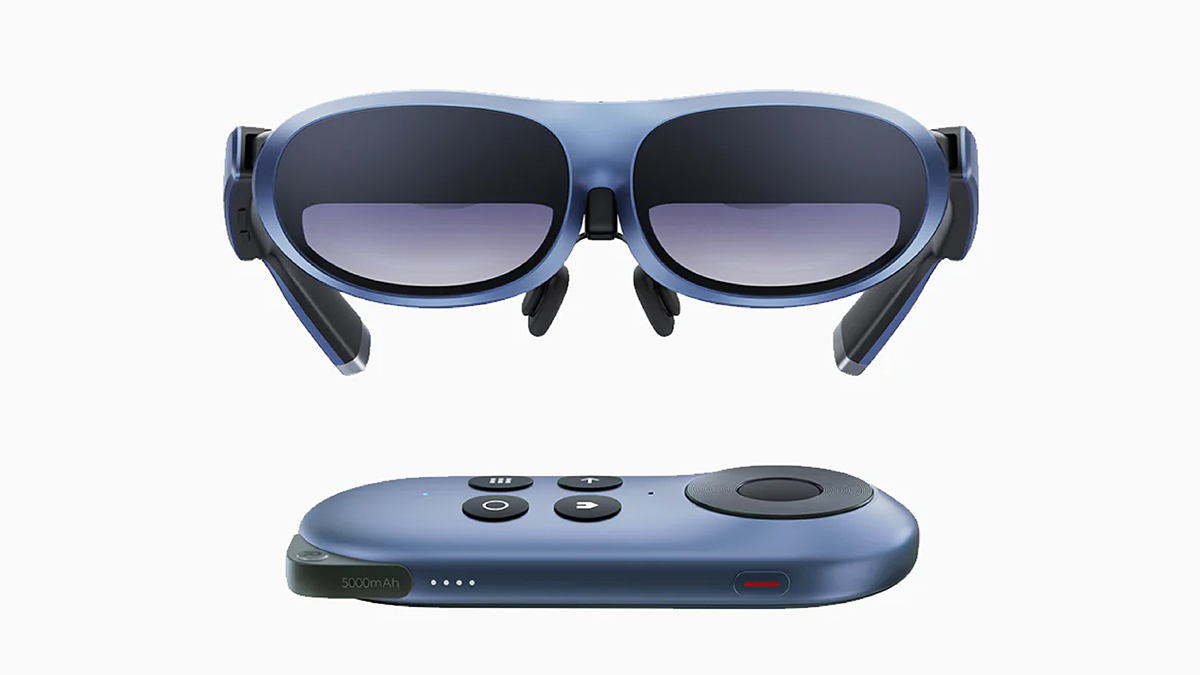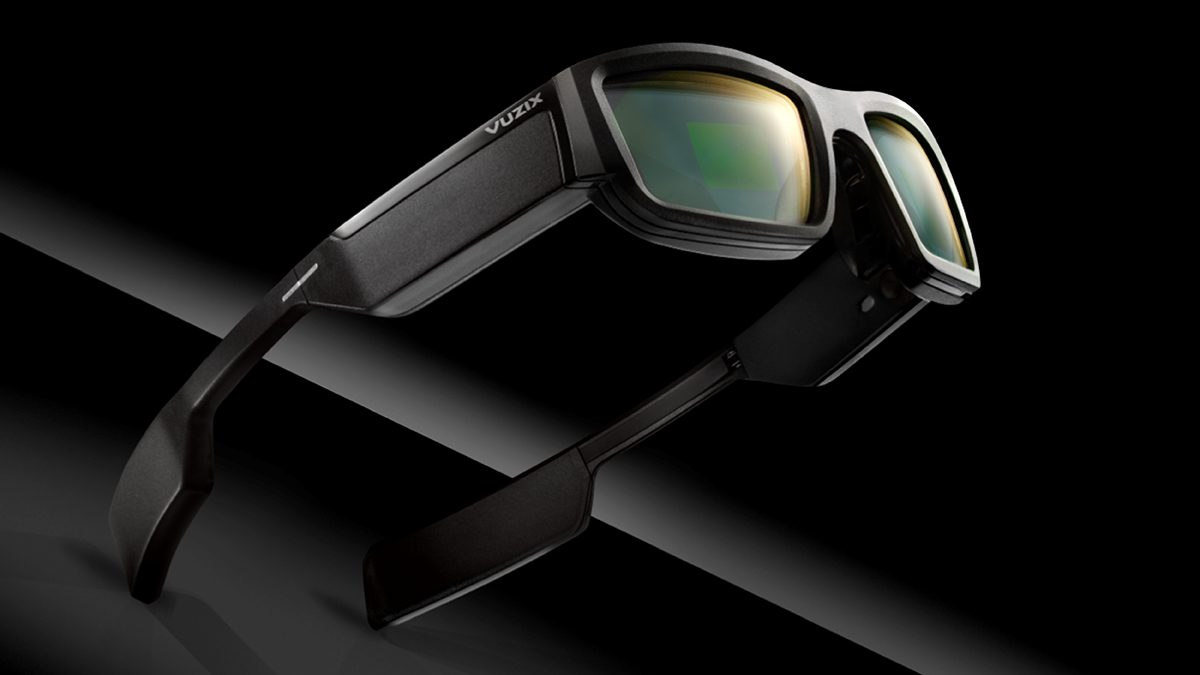You are viewing 1 of your 3 articles before login/registration is required
Smart Glasses: the Past, Present and Future
Can glasses be genuinely smart? We take a closer look at five unique models.
The past
The concept of smart glasses may seem relatively new, but its origins can be traced back to the 1960s when Ivan Sutherland, a computer graphics pioneer, introduced the idea: “The ultimate display would, of course, be a room within which the computer can control the existence of matter.” Sutherland later created a head-mounted, three-dimensional display that could provide a visual overlay to a user’s physical environment.
His system was capable of head-tracking and rendering perspective imagery (such as chemical molecules and virtual rooms), and showcased the main components that smart-glass setups still use today – a display, a processing unit, and position and orientation sensors.
What differentiates Sutherland’s design from its 21st century counterparts (aside from many technological advancements), is our understanding of augmented reality (AR). The term itself wasn’t actually defined until 1992, when Boeing researchers created a computer-generated diagram for the manufacturing process of aircrafts. Nowadays, we understand it as the process of superimposing digital elements onto the real-world environment.
The present
Informational accessibility and convenience are cited as the two major purposes behind smart glasses. However, not all smart glass-models are the same. Most forms of AR eyewear are actually oriented toward distinct needs and application types, spanning healthcare, gaming, education, training, marketing, logistics, communication, and various other interactive experiences.
The smart glasses market is still in its early stages, but it has already experienced some bumps in the road. Many of the companies that failed to live up to the hype have cited limited demand, high cost, technical challenges, and regulatory hurdles as the primary reasons. There is hope for smart glasses, though – big players like Meta, Samsung, Google, Microsoft, Amazon, and others are still invested in the technology.
A 2016 Goldman Sachs study even suggested that “as the technology advances, price points decline, and an entire new marketplace of applications (both business and consumer) hits the market, we believe VR [virtual reality]/AR has the potential to spawn a multibillion-dollar industry, and possibly be as game-changing as the advent of the PC.”
So, let’s take a closer look at five smart glasses models and their respective features that could offer insight into the future of intelligent eyewear:
1. Ray-Ban Meta Headliner Sunglasses
With 150 style variations across two frames, seven colors, and multiple lens options (including color, prescription, and transitions), the Ray-Ban Meta sunglasses have set the precedent for the future of fashionable, smart glasses eyewear.
The frames are equipped with an ultra-wide 12 megapixel camera and audio recording capabilities for capturing high-quality videos and photos. It also possesses a link-system to your phone that allows music and podcasts to play from the glasses, and a built-in AI to answer voice-prompted questions.
There have been some negative user reports regarding issues of poor connectivity and the accuracy of AI responses, but the glasses are subject to continuous multimodal updates, including troubleshooting and software improvements.
Interestingly, by 2030, Meta CEO Mark Zuckerburg predicted that people will one day be able to use advanced smart glasses to “teleport” to locations like other people’s homes and hold conversations as if they’re physically present in the room. The fruits of this forecast remain to be seen, but we can surely count on Zuckerburg’s involvement in the augmented reality space down-the-line.
2. Amazon Echo Frames (3rd Generation)
On sale at just under $300, Amazon’s third-generation echo frames are an audio-focused product that come in a variety of styles, including rectangular, square, round, and cat-eye. One could succinctly describe the product as a built-in Alexa for your head. It is capable of playing songs, podcasts, audio from your phone, issuing notifications, answering questions, or taking calls.
Wearable technology must contend with the delicate balance of functionality and style, and the Amazon Echo Frames have attracted a similar level of interest to the Ray-Ban Meta Headliner Sunglasses discussed above. They are currently available in two sunglasses styles designed in partnership with Carrera, a premium eyewear brand. (The designer version comes in at just under $400.)
As for the downsides, many users agree that the glasses are coupled with a poor bass function – often referred to as “tinny” or “absent.” They are also known to perform poorly in outside environments where sounds can overwhelm whatever you may be listening to.
3. Rokid Max AR Glasses
Rokid’s Max AR Glasses, unlike the previously discussed models, are accompanied by a wearable screen that is large enough to feel immersive, but not so much that a user could feel overwhelmed. To be specific, the glasses are fitted with two Micro-OLED screens that project 1080p visuals – suitable for both work-related and gaming purposes.
Suffice to say, we are still far from self-contained AR glasses that can scan your surroundings and provide live updates and contextual information based on what you’re looking at, but the Rokid Max at least offers a glimpse into what the future may hold for this space.
One issue with this technology is that it must always be plugged into a smart device like a phone, tablet, or computer to draw both power and content. The design also sits on the bulkier, less-stylish side of today’s range of intelligent eyewear, and ranks among the most expensive, with an asking price of roughly $400.
Nautica’s (relatively) recent smart eyewear technology looks like an ordinary pair of glasses, but comes equipped with a built-in microphone and speaker that allows users to listen to music, take calls, and even talk to ChatGPT via a companion app on your phone.
The wearer can push a microphone button on one of the arms, allowing them to speak into the glasses and access the chatbot, without needing to take out their phone or computer. The version of ChatGPT installed into the glasses only goes up to September 2023. Another issue is that to talk to ChatGPT, you must first manually activate it in the Lucyd app before each query.
5. Vuzix Blade 2 Smart Glasses
Last but not least, Vuzix’s Blade 2 smart glasses are the most expensive wearable in this list, priced at over $1000. Unlike the previously mentioned glasses, however, Vuzix’s eyewear is specifically designed for frontline workers, filling the need for enterprises and industrial employees with both safety glasses and assisted reality. It is also accompanied by an ANSI Z87. 1 certification, which is the gold standard for goggles in possibly dangerous environments.
The glasses are accompanied by full UV protection lenses, integrated in-temple speakers, dual noise-cancellation microphones, Wi-Fi and bluetooth connectivity, eight megapixel camera for streaming, an integrated barcode scanner, and a number of other features. Although, the long list of features does lead to a natural decline in visual appeal. The frames and arms are composed of black plastic roughly an inch thick.
The future
With phones and laptops ubiquitous in modern life, is there room for more? Though smart glasses do appear to be drawing an increasing number of companies to the AR eyewear space, the current range of products have questionable limitations and ethical concerns that could impede their widespread appeal. It is probably fair to say we’re still in the “imagine” period – whereby the true impact on society is still something we can only dream of rather than see for ourselves. Even so, if you compare the products on offer today to those 10 years ago, the improvement has been significant. For example, in 2022, Google briefly showed off their latest smart glasses at I/O, which was capable of translating dialogue spoken in a foreign language into text in real time. OPPO unveiled their new OPPO Air Glass 3 at MWC 2024, which uses an advanced AI voice assistant, and Meta are continuing to fuel unruly amounts of money in future AR and VR projects.
So, will the future of technology sit at the end of your nose? Only time will tell.
The New Optometrist Newsletter
Permission Statement
By opting-in, you agree to receive email communications from The New Optometrist. You will stay up-to-date with optometry content, news, events and sponsors information.
You can view our privacy policy here
Most Popular
Sign up to The New Optometrist Updates
Permission Statement
By opting-in, you agree to receive email communications from The New Optometrist. You will stay up-to-date with optometry content, news, events and sponsors information.
You can view our privacy policy here
Sign up to The New Optometrist Updates
Permission Statement
By opting-in, you agree to receive email communications from The New Optometrist. You will stay up-to-date with optometry content, news, events and sponsors information.
You can view our privacy policy here












